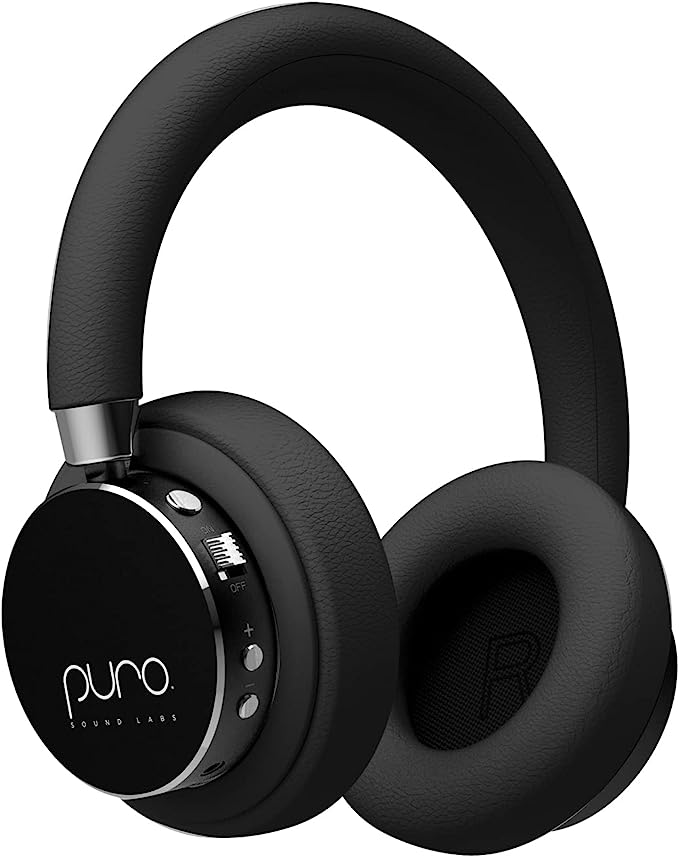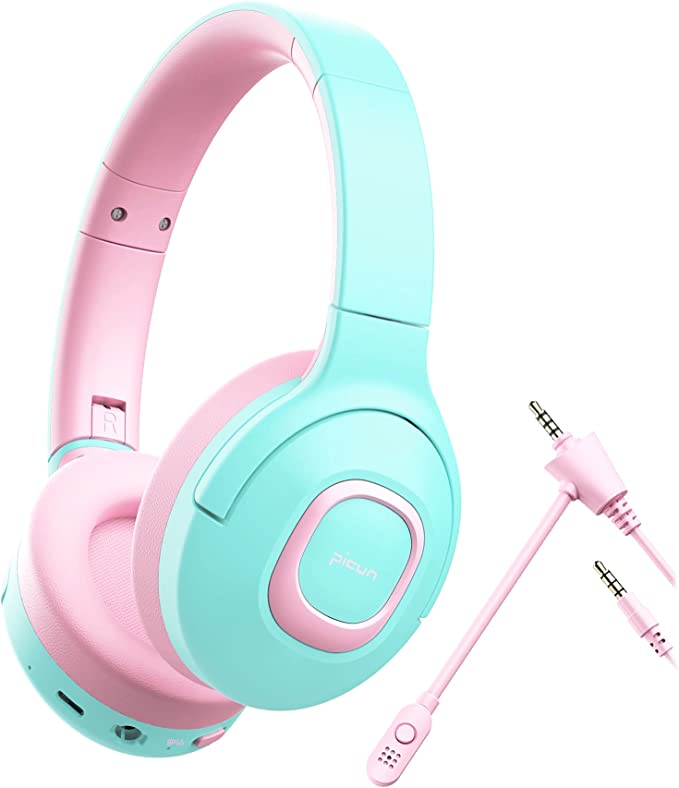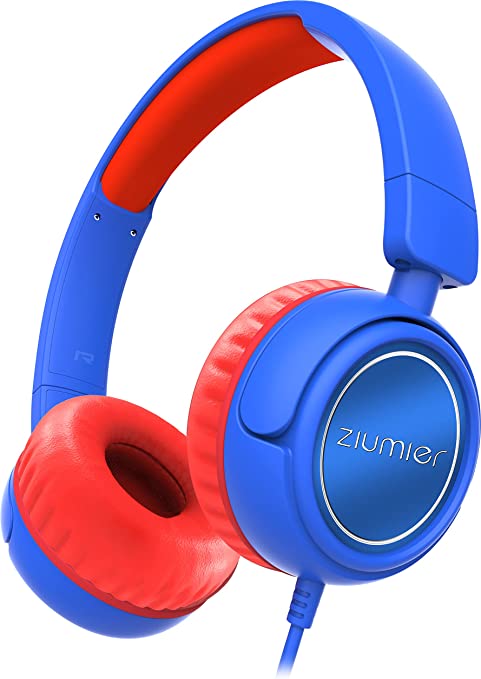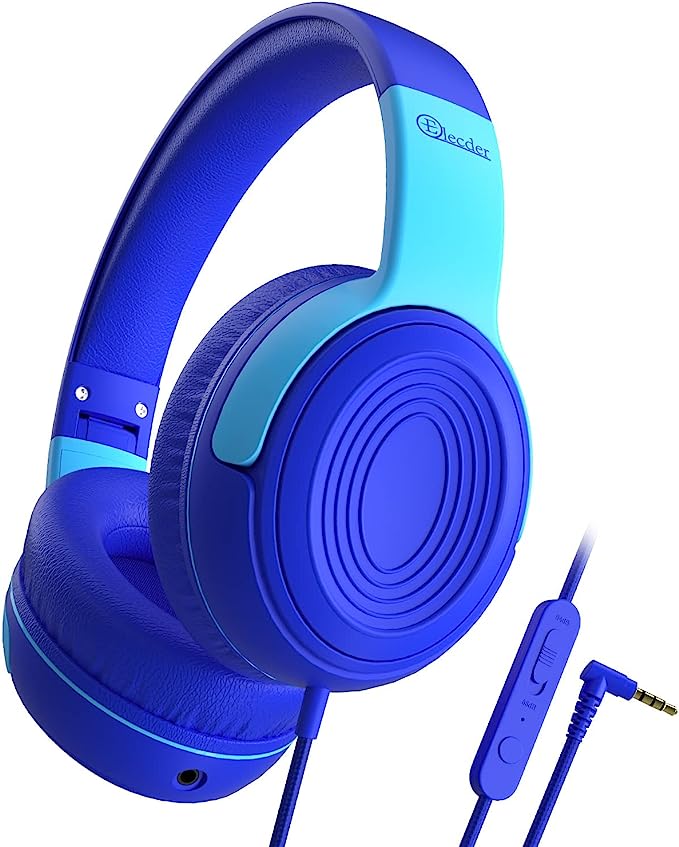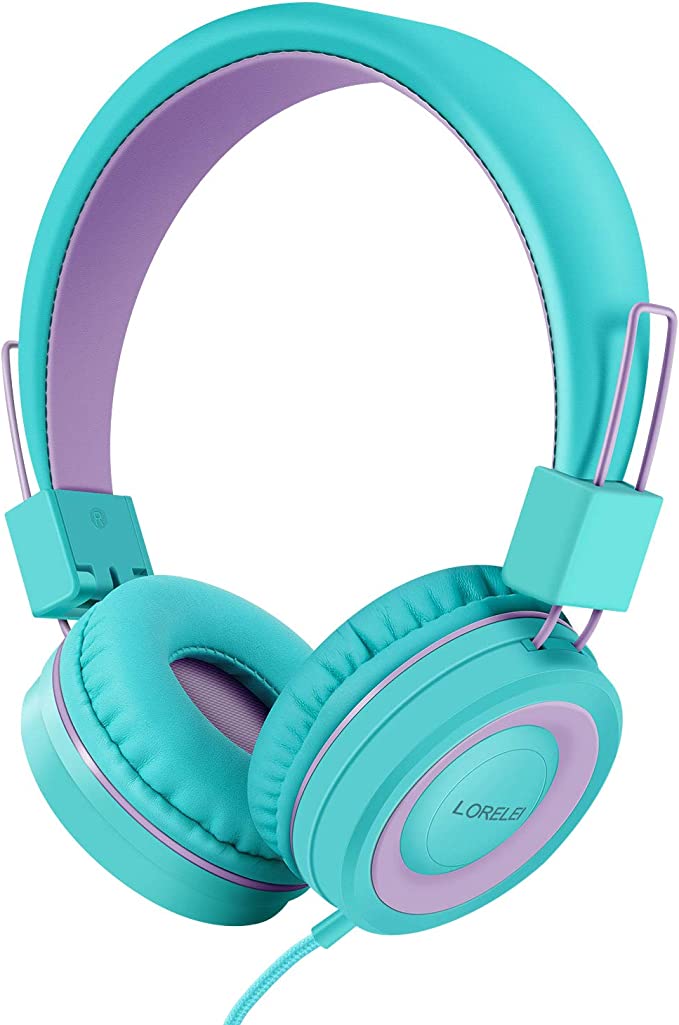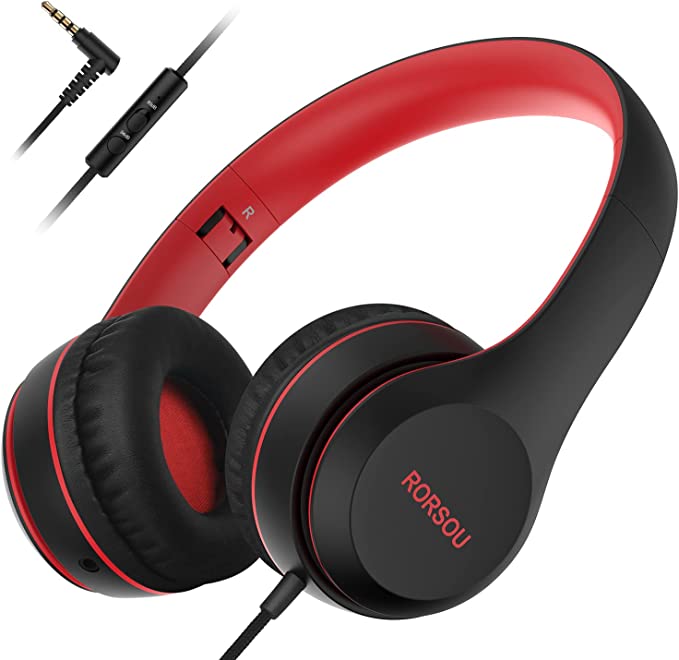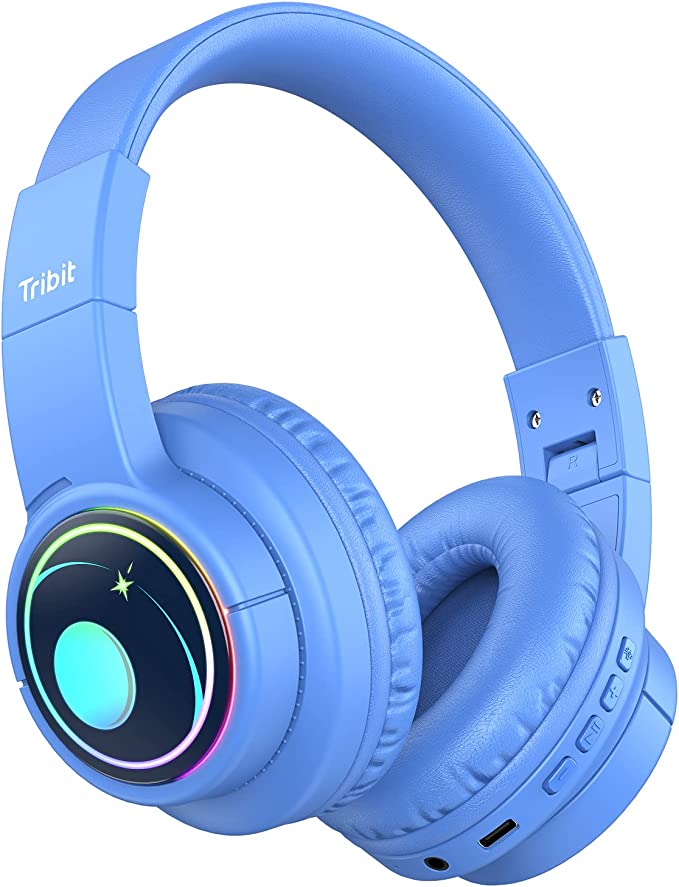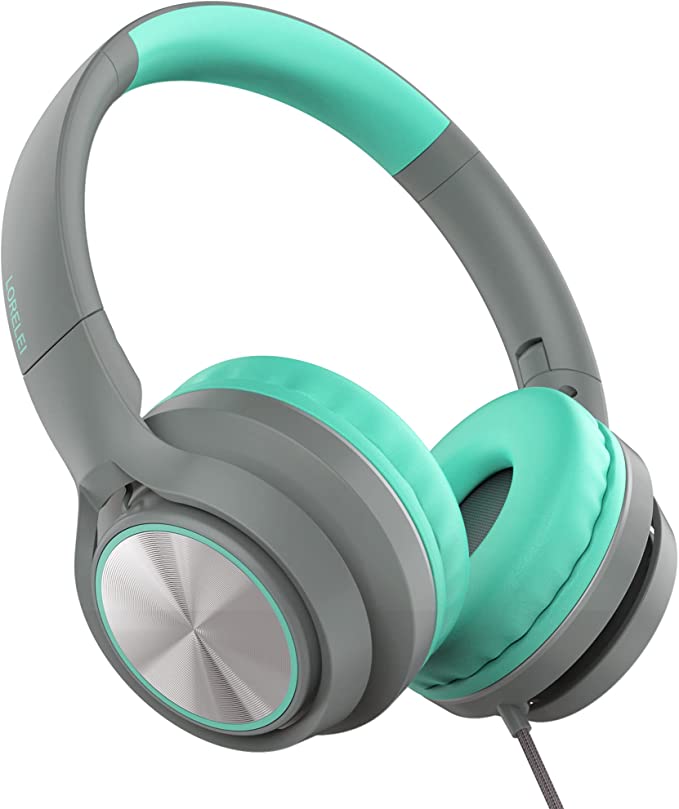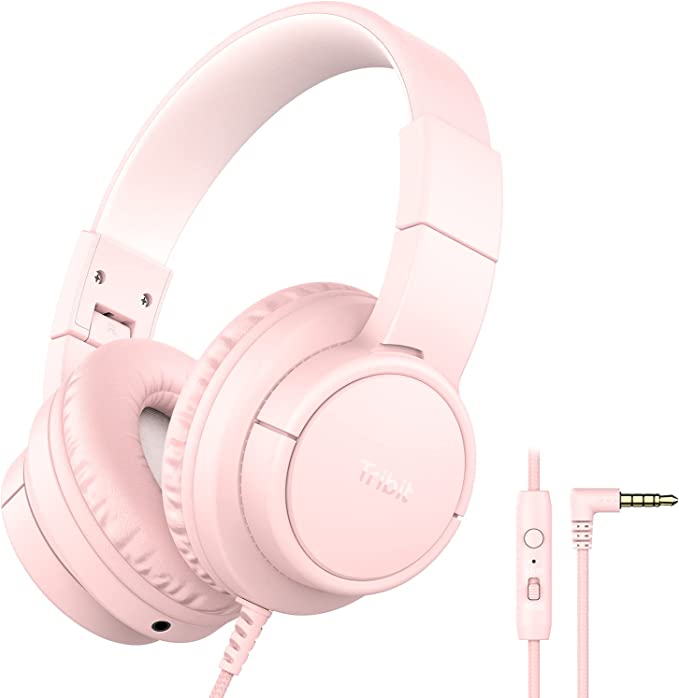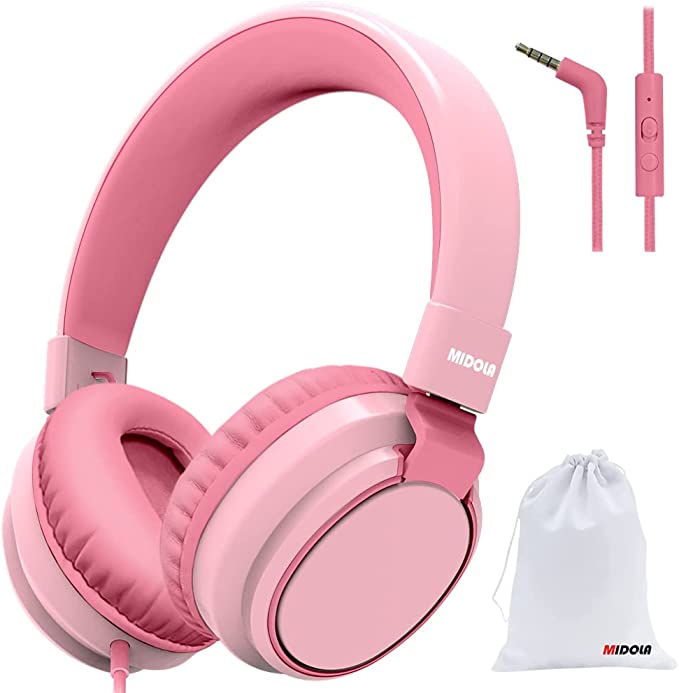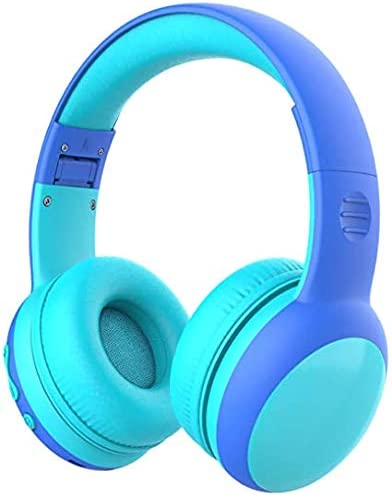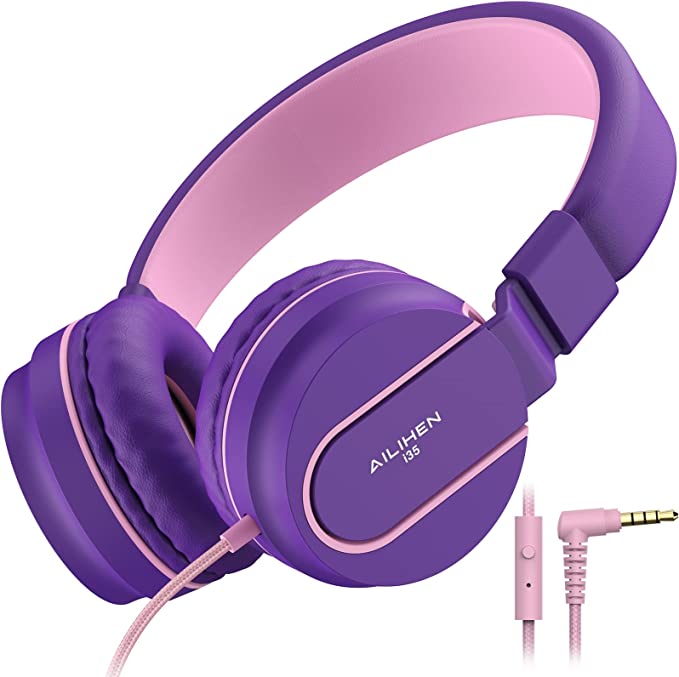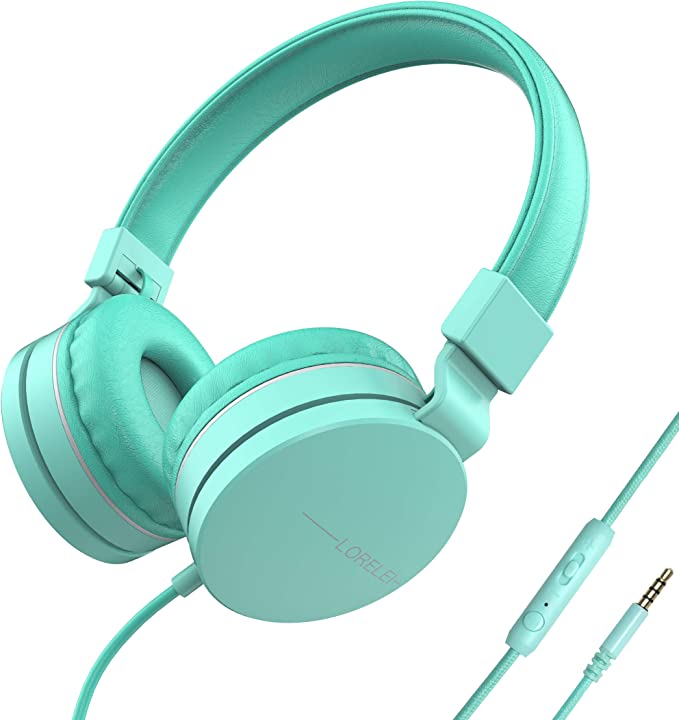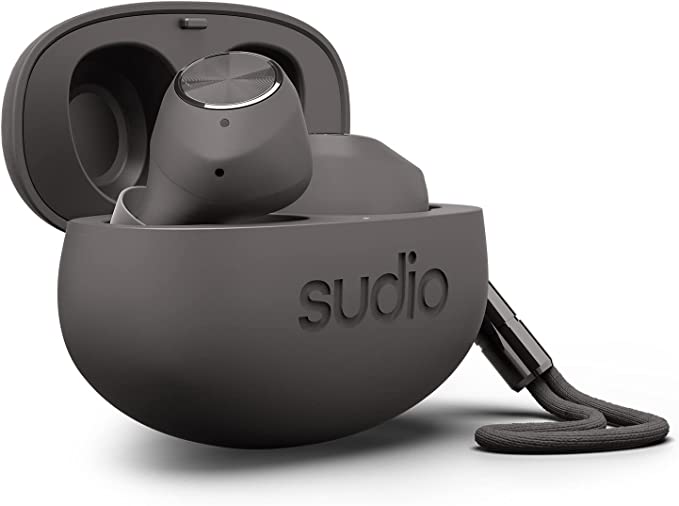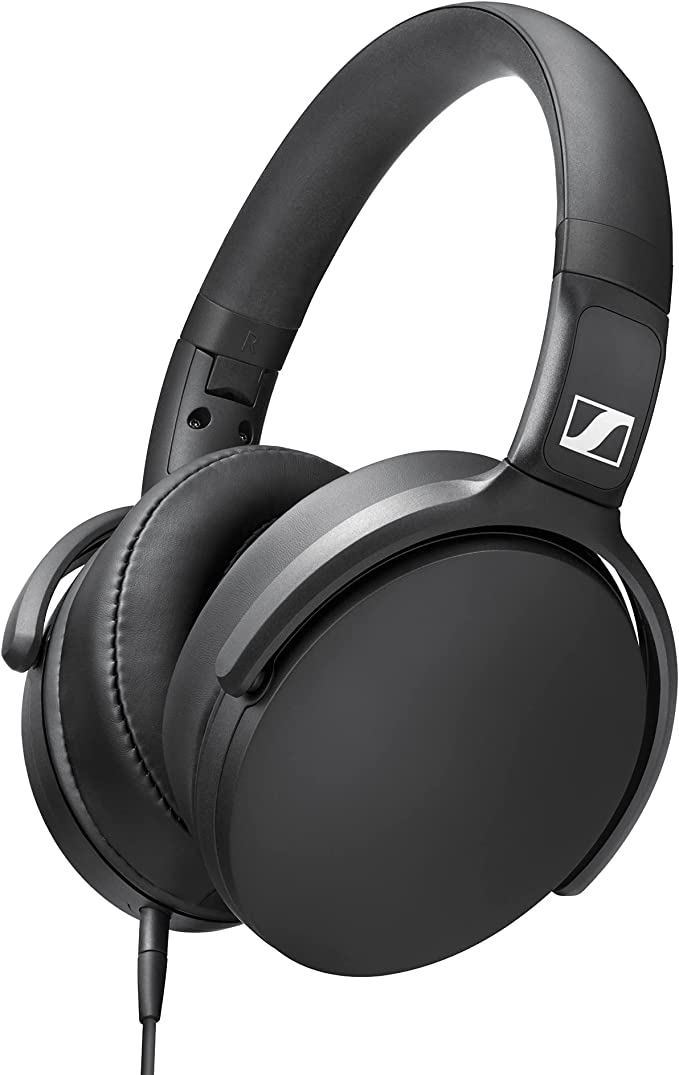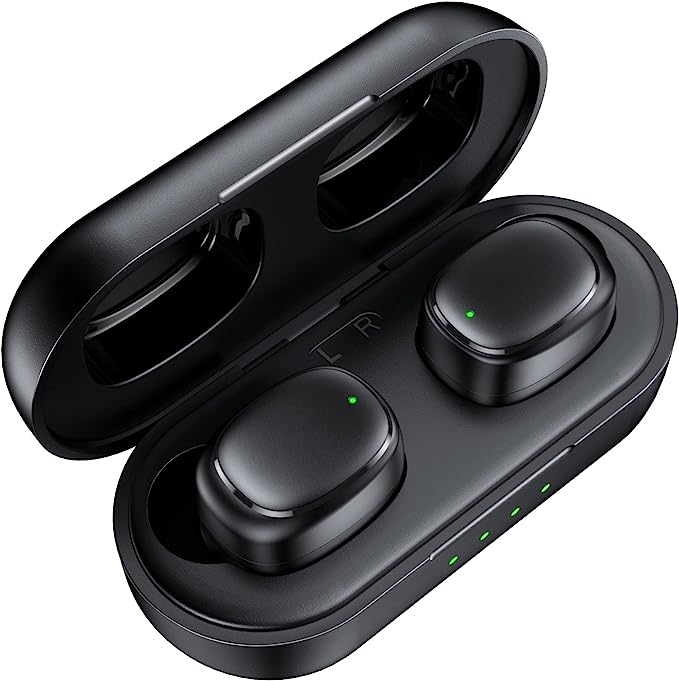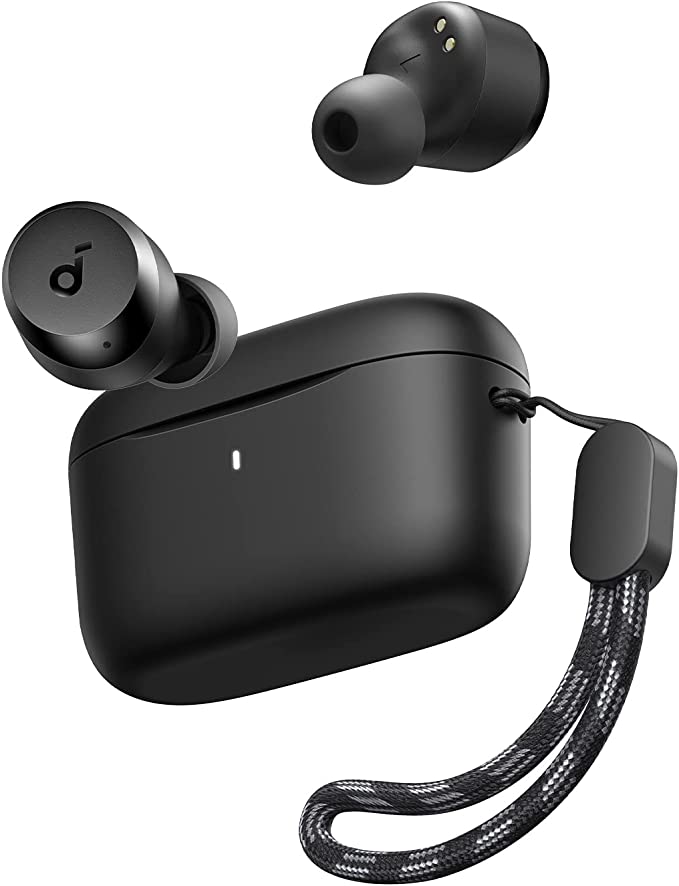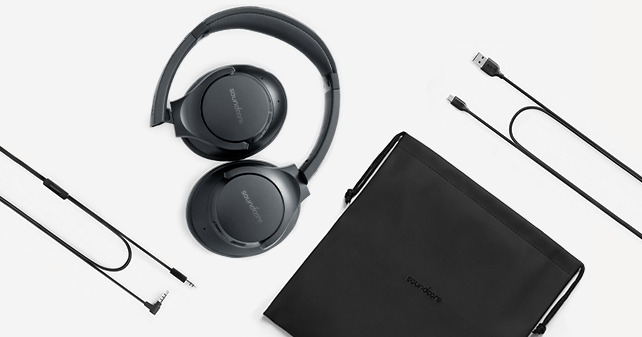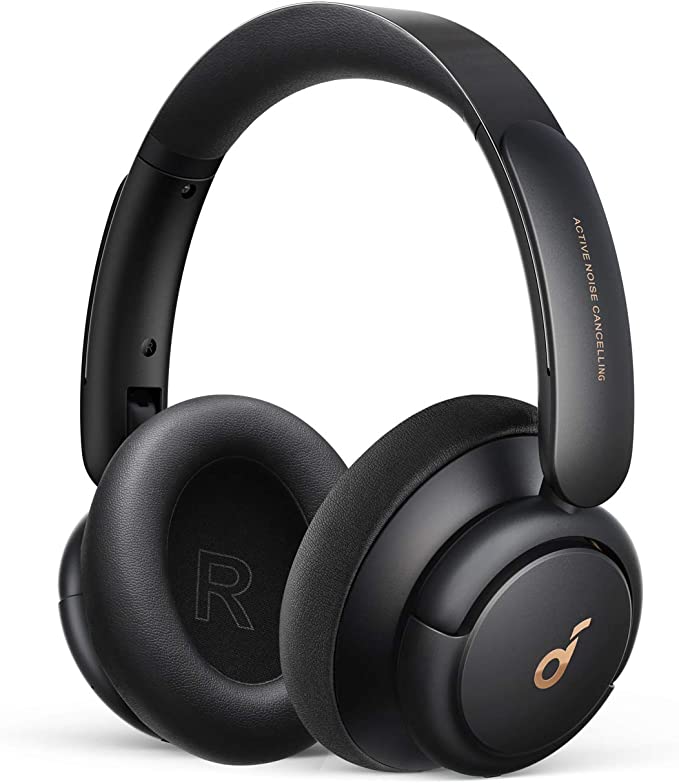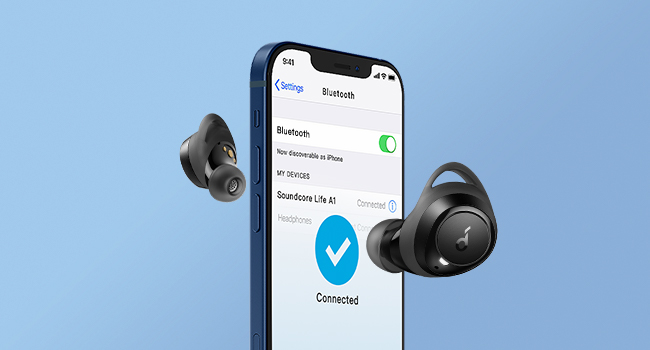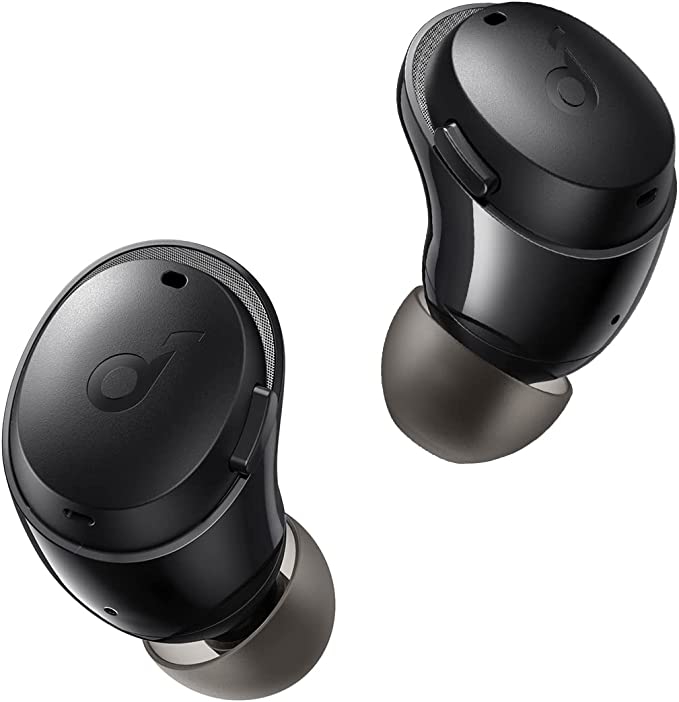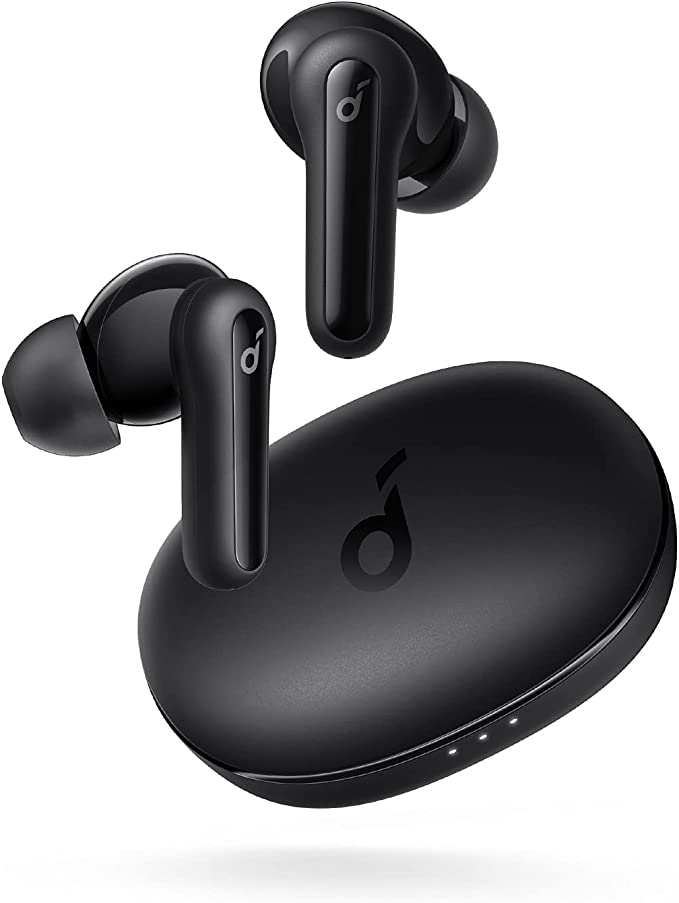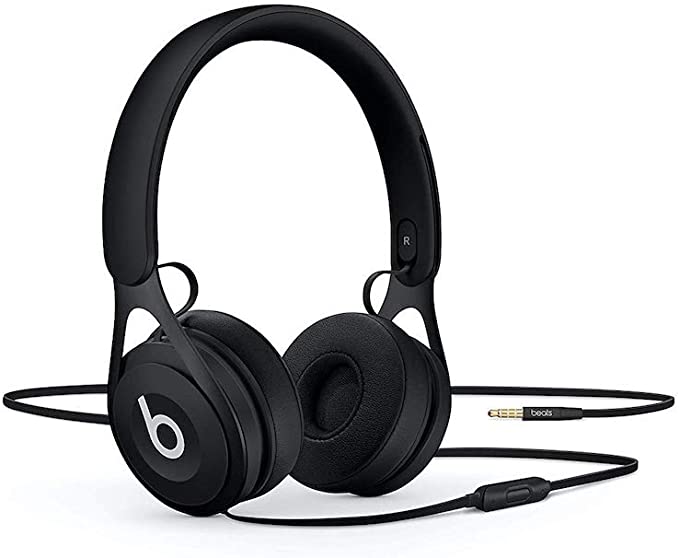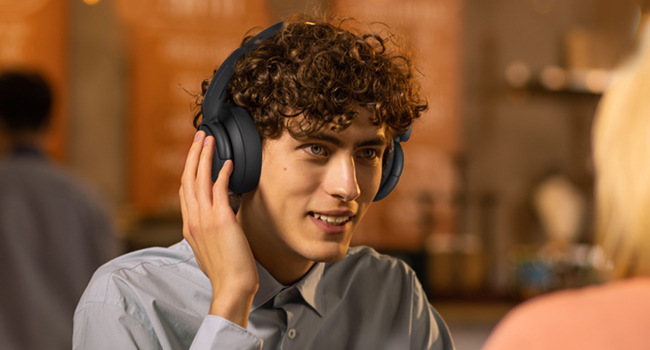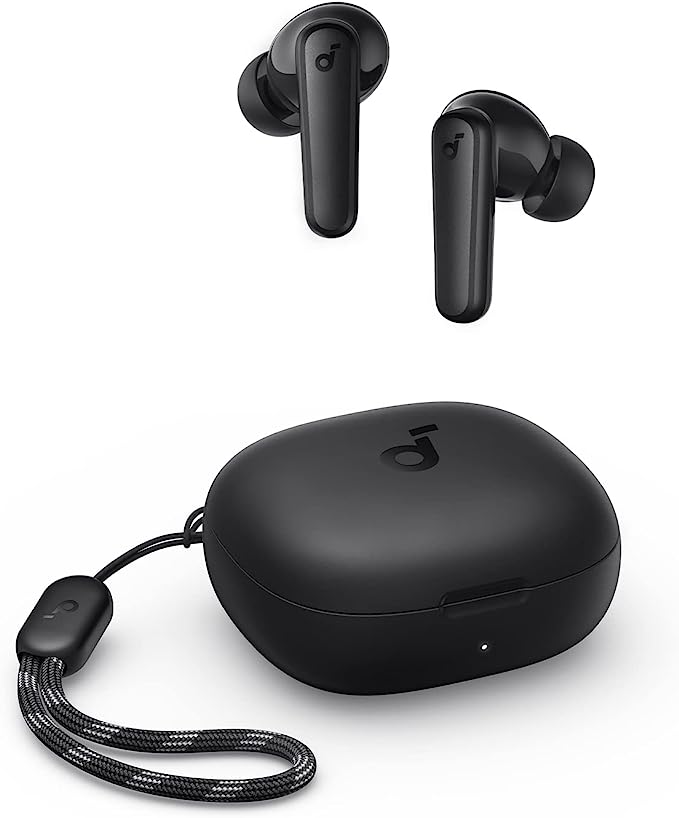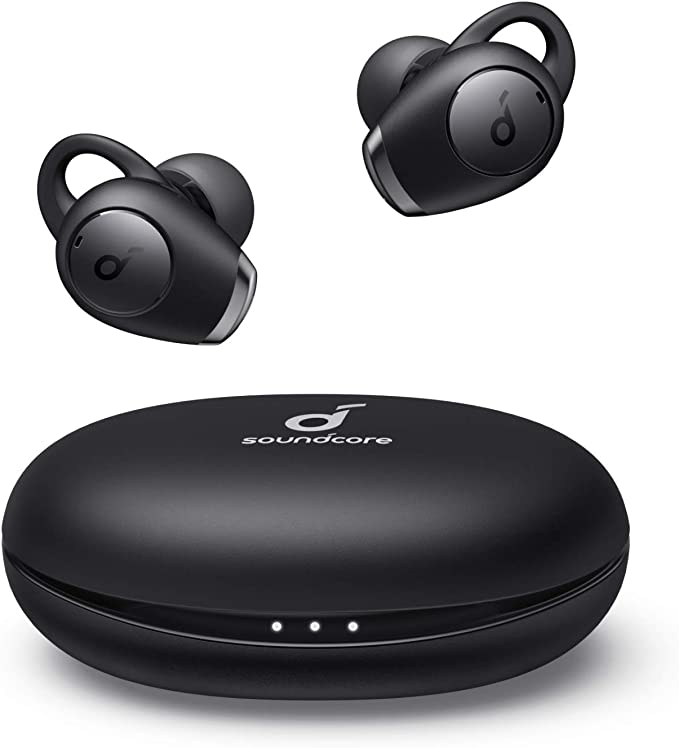Puro Sound Labs JuniorJam Plus Volume Limiting Headphones - Safe Volume Limiting Headphones for Kids' Hearing Protection
Update on June 30, 2025, 10:22 a.m.
In households across the country, a familiar scene plays out: a child, engrossed in a tablet or smartphone, with headphones on. As parents, we’ve learned to manage screen time, monitor content, and adjust screen brightness. But what about the volume? Sound, much like screen time or sugar, has a “dose.” An unhealthy acoustic diet, consumed daily, can have permanent consequences that often go unnoticed until it’s too late. How, then, can we navigate this digital soundscape and protect one of our children’s most precious senses?

The Invisible Risk: Understanding Noise-Induced Hearing Loss
The core of our hearing mechanism lies in the cochlea, a spiral-shaped cavity in the inner ear lined with thousands of microscopic hair cells. Think of these cells like blades of grass on a pristine lawn. A casual walk across the lawn does no harm. But constant, heavy foot traffic will eventually wear a path, and the grass in that path won’t grow back.
Loud sound acts like that heavy foot traffic on the delicate hair cells. Exposure to excessive volume bends, damages, and can ultimately destroy these cells, leading to Noise-Induced Hearing Loss (NIHL). This damage is cumulative and, crucially, permanent. The hearing ability lost today will not return tomorrow.
Recognizing this risk, global health bodies like the World Health Organization (WHO) have established safety benchmarks. They recommend that a person’s total exposure to sound should not exceed a level equivalent to 85 decibels (dBA) for a maximum of eight hours a day. For children, whose auditory systems are still developing, adhering to this limit is even more critical.

Engineering for Ears: How Technology Creates a Safer Soundscape
The immediate solution might seem to be simply telling kids to “turn it down.” But a more reliable approach involves using technology designed with safety at its core. This goes beyond just a volume knob.
A primary safeguard is a built-in volume limiter. Headphones engineered for children often cap the maximum output at the 85 dB safety threshold. This acts as a non-negotiable electronic guardian, ensuring that even if a child presses the volume-up button repeatedly, the sound pressure level never enters the danger zone.
However, a common concern arises: does a lower volume mean a worse listening experience? Not if the sound is engineered correctly. Many inexpensive headphones have a “V-shaped” sound signature, artificially boosting the very low bass and high treble frequencies. This can make music sound initially exciting, but crucial midrange frequencies—where vocals and many instruments lie—are often muted. To hear those parts clearly, a user is tempted to increase the overall volume, pushing everything louder.
This is where a technology like the Puro Balanced Response Curve comes in. The goal of a balanced or “flat” response is to reproduce all frequencies at a consistent, accurate level, true to the original recording. It’s like having a clean, clear window into the sound, rather than one tinted with artificial colors. At safer, lower volumes, the entire audio picture remains rich and detailed, removing the primary incentive to crank up the volume in the first place.

A Personal Bubble of Sound: The Role of Noise Isolation
Imagine a child trying to listen to an audiobook in the back of a car or in a busy living room. To hear over the road noise or family chatter, their natural instinct is to increase the volume. This is where noise isolation becomes a key safety feature.
Headphones like the Puro Sound Labs JuniorJam Plus are built to address this. They utilize passive noise isolation—the earcups are designed with plush, encompassing cushions that create a physical seal around the ear. The manufacturer states these can block up to 87% of ambient noise. This isn’t the same as electronic active noise cancellation (ANC), which is more effective against low-frequency drones like airplane engines. Instead, passive isolation excels at dampening mid- to high-frequency sounds, like conversations and background TV noise. By creating a quieter personal listening environment, these headphones reduce the need for a child to compete with the outside world, allowing them to enjoy their audio at a demonstrably safer volume.
Designed for a Child’s World: Features That Matter
Beyond the core audio science, practicality is paramount. A child’s headphones must withstand the rigors of their life. This means durable, lightweight construction that doesn’t put undue pressure on small heads. It means the freedom of a reliable wireless Bluetooth connection, which eliminates the risk of tangled cords.
Long battery life, such as the 22 hours provided by the JuniorJams, ensures the headphones are ready for long road trips or a full week of after-school use without daily charging anxiety. And thoughtful features can even encourage positive social behavior. An included “daisy-chain” cable, which allows two headphones to connect to a single device, transforms a potentially isolating activity into a shared one. Now, two siblings can watch the same movie on one tablet, eliminating arguments and fostering connection.

The Best Tool is a Lifelong Habit
Technology can provide remarkable tools for safeguarding our children’s health. Choosing headphones with built-in volume limits and high-quality, balanced audio is a significant and intelligent step in mitigating the risks of NIHL.
Ultimately, however, the most powerful tool is a good habit. These devices give parents the peace of mind that a hard safety limit is in place, creating the perfect opportunity to teach children why it’s there. It’s a chance to talk about our ears, how they work, and the importance of taking breaks. By making informed choices about the technology our children use and using it to foster conversations about health, we can do more than just protect their hearing today. We can empower them with the knowledge to safeguard the precious gift of sound for a lifetime of birdsongs, laughter, and beautiful music.

